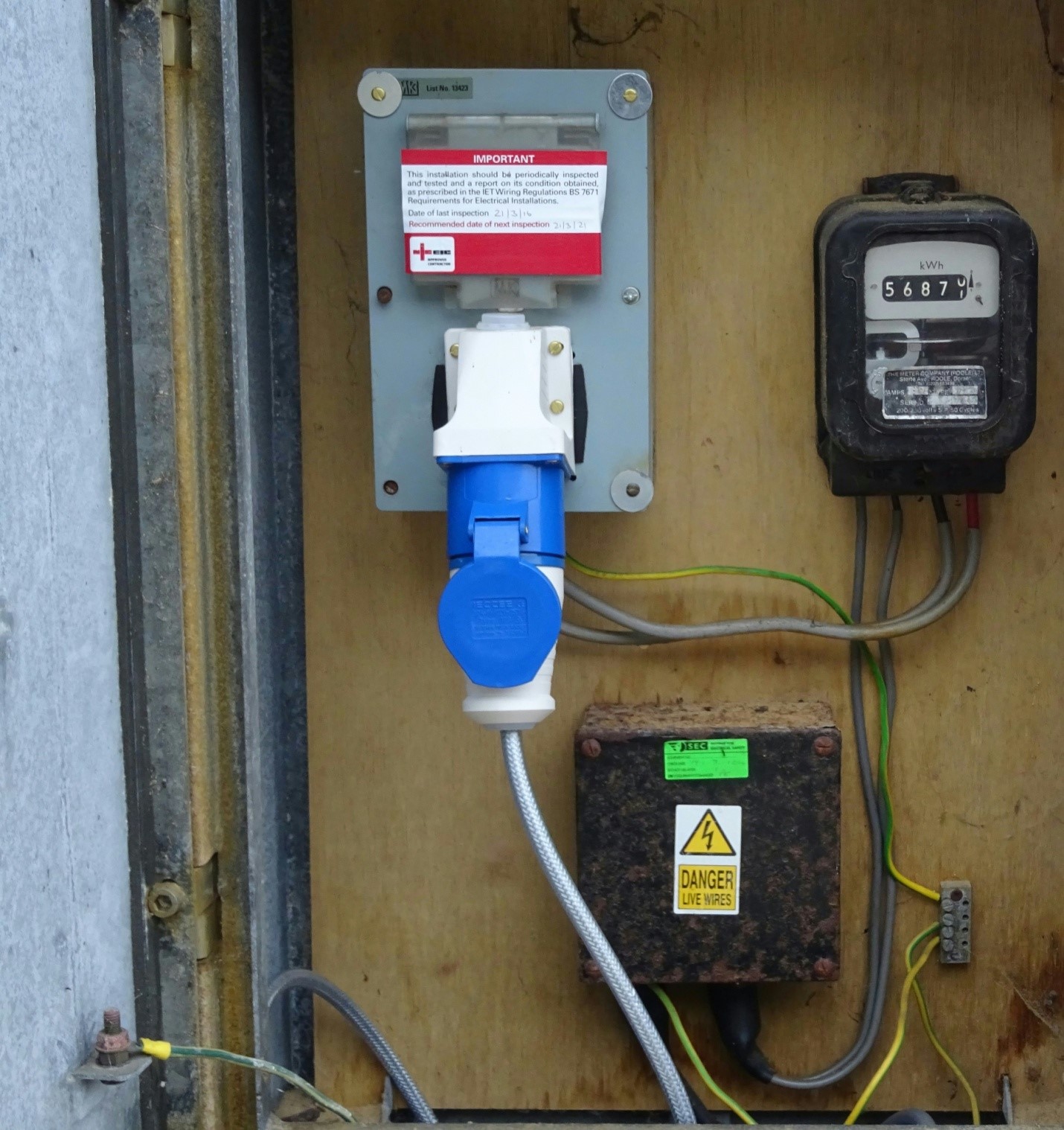
If you are having electrical work completed in your home, you can be forgiven for just nodding and smiling when your trusty electrician seemingly begins to talk another language. You may understand the odd word here and there, but the gist of what they are saying is almost entirely lost.

If you don’t know your pipe protectors from your consumer units, you are in the right place, as we tackle some common electrical jargon and explain it in plain English.
NICEIC
This tidy acronym stands for the National Inspection Council for Electrical Installation Contracting. According to the Guardian, there is a big difference between making a circuit work and making it work safely. It is NICEIC’s job to ensure that your electrician can complete your electrical project safely, so make sure that anyone working in your home has the appropriate credentials.
Consumer unit
Generally speaking, you would probably refer to this as the fuse box or even the circuit breakers, despite there being no fuses present. If there are fuses in your consumer unit, it is probably time for an upgrade!

RCD
A residual current device will cut your power in the event of a surge, which is a great way of protecting both people and your electrical devices. These are also incredibly useful to have to hand when mowing the lawn with an electric lawnmower, as they will cut the power in the event of any mishap with the cord, saving the hapless gardener.
Pipe protection
It is not just the electrics that need to be considered in a project, with pipe protectors keeping pipes safe against weathering and corrosion. They are available from suppliers such as https://www.meterbox.co.uk/pipe-protectors to cover commercial and residential pipework.
PAT
Portable appliance testing looks at the safety of all electrical devices, checking that they run as intended without the risk of electrocution or fire. This should be carried out annually, especially within a business setting.
EIC
An electrical installation certificate testifies that a particular piece of electrical work was safe at the time of installation.
Flush fitted
Electrical work that has been flush fitted has been channelled into a wall so that only the front face is visible. This helps to maintain sleek lines and good design within the home.
Now you can start to understand your electrician!







